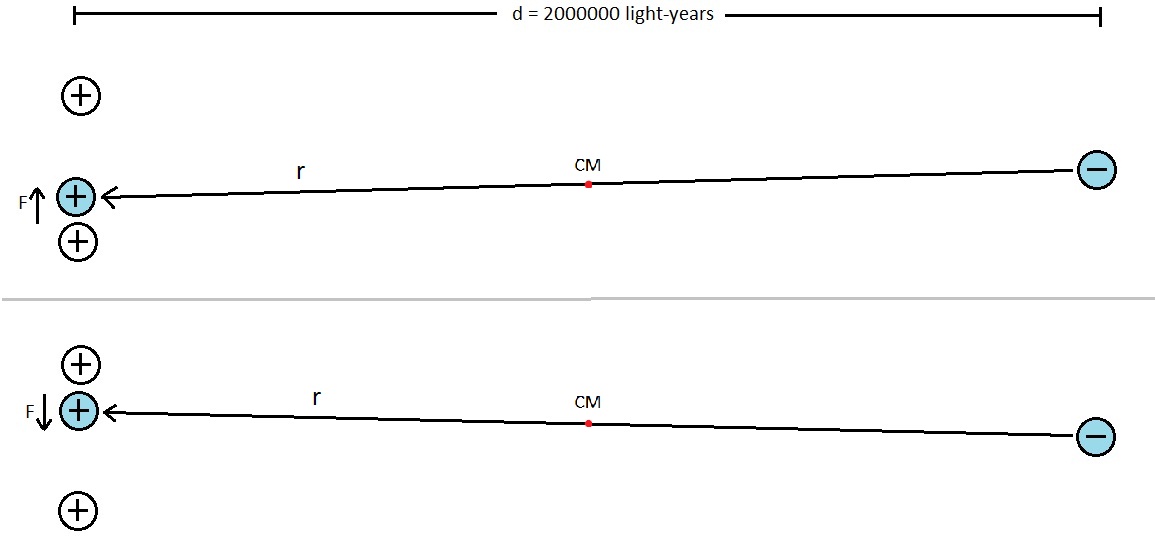My understanding of a dipole moment is it defines the strength of various dipole interactions, eg the common example of torque in an electric field. My confusion stems from the fact that the magnitude of the dipole moment is proportional to the charge separation. In many areas of physics, we deal with quantities that are inversely proportional to distance. I can reason very intuitively that as I move further from something, our mutual interaction is reduced. The idea that in a dipole, the further you remove something, the stronger the interaction becomes is equally counter-intuitive to me.
For example, if I removed two charges to infinity from each other, their dipole moment is infinity, and they are the "strongest" dipole possible. In fact, why don't massive dipole moments exist between charged particles on earth and charge particles on some star light-years away. With such a large dipole moment, even the smallest electric field would result in an unimaginable torque on our charged particles. I know particle charges are distributed on a macroscopic scale very finely so as to be overall neutral, but there must be even to a minuscule order some small imbalance that would evidence these incredible torques.
I suppose I think of the dipole moment as some kind of force, or at least proportional to a force, and I am having trouble understanding how a force's effect can increase with distance.
Please help me understand this better.

